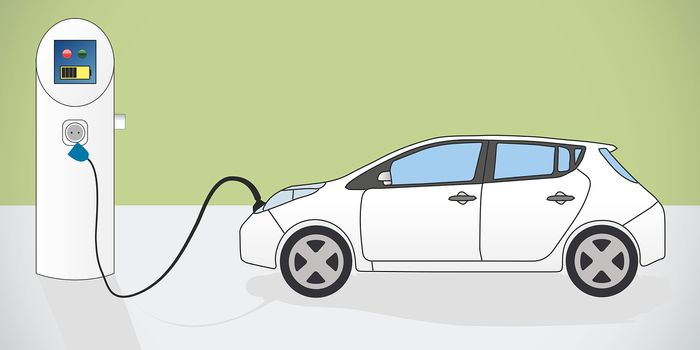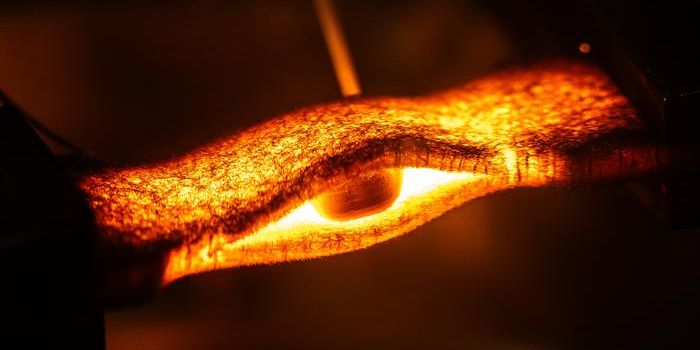Improving carbon capture technologies using membranes
Researchers from the International Institute for Carbo-Neutral Energy Research (I2CNER), Kyushu University and NanoMembrane Technologies Inc. in Japan are using organic polymer membranes to develop models for highly efficient direct air capture (DAC) technologies. The paper was published recently in Nature Polymer Journal.
DAC refers to the capture of carbon dioxide from the air and is touted as one of the technologies currently being investigated in the growing field of negative emissions design. Technologies such as DAC aim to maintain global warming below 1.5 °C, as has been recommended by the Intergovernmental Panel for Climate Change (IPCC), which stated that it would be necessary not only to reduce our current carbon emissions but also reduce the current levels of atmospheric carbon already emitted.
Current DAC technologies traditionally use sorbent-based systems where CO2 is trapped in the solution or on the surface of the porous solids covered with the compounds with high CO2 affinity. A downside of this form of technology is its high expense.
In order to address this dilemma, the research team decided to use membrane-based DAC, manipulating it in order to increase efficiency levels. “The multistage membrane separation process was employed in process simulation to estimate the energy requirements for membrane-based DAC (m-DAC),” write the authors. “Based on the analysis, we propose the target membrane separation performance required for m-DAC with competitive energy expenses.”
The team showed a multi-stage application separation process is capable of achieving the preconcentration of air CO2 (0.04%) to 40%. These concentrations are competitive with other technologies.
The researchers hope that membrane-based DAC will pave the path for establishing a circular CO2 economy. Since the success of their findings, the Kyushu University team has initiated the Moonshot Research and Development Program in order to begin using their membrane-based DAC technology.
Sources: Nature Polymer Journal, Eureka Alert








